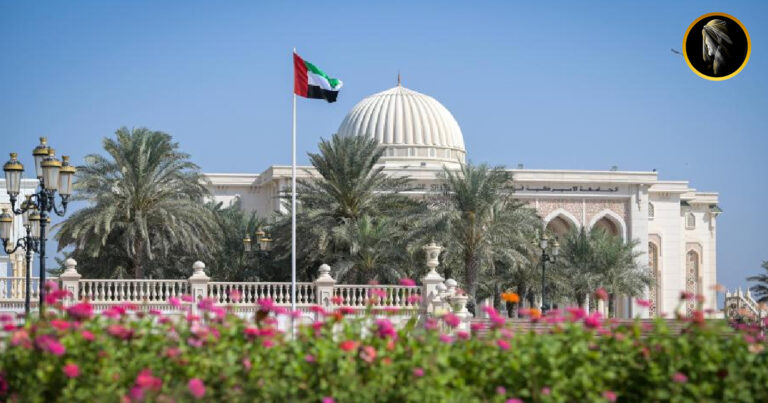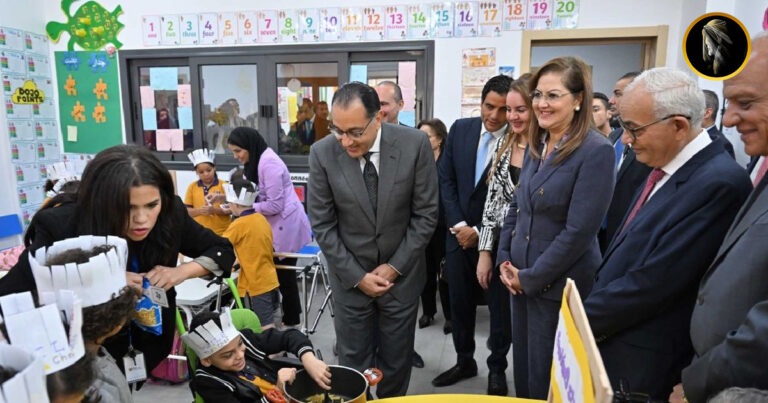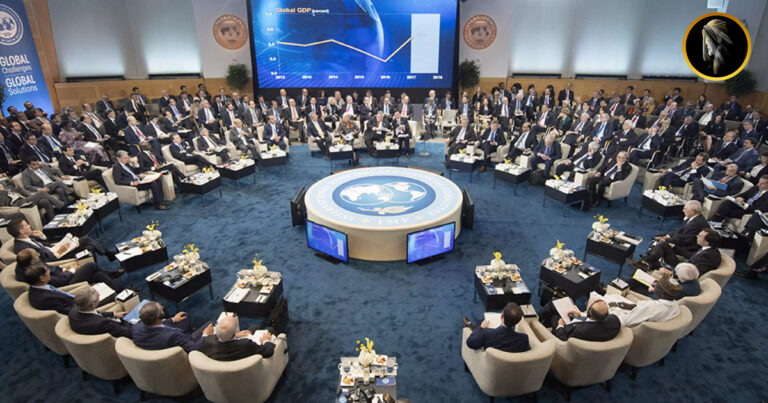Exploring Alternative Education Models: Montessori, Waldorf and Reggio Emilia.
In today’s rapidly evolving educational landscape, the quest for innovative approaches to nurturing young minds has led to the prominence of alternative education models. These models, such as Montessori, Waldorf, and Reggio Emilia, diverge from traditional methods, prioritizing unique philosophies and methodologies. In this exploration, we delve into the core principles of these alternative education models, shedding light on how they foster holistic development, individualized growth, and creative exploration among students.
Among the most notable alternatives are the Montessori, Waldorf, and Reggio Emilia approaches. Each of these models offers distinct perspectives on learning, emphasizing holistic development, individualized growth, and creative exploration. In this blog, we’ll delve into these three alternative education models, shedding light on their core principles and impact on students.
The Montessori Method:
Fostering Independence and Exploration Dr. Maria Montessori, an Italian physician and educator, revolutionized early childhood education with her innovative approach. The Montessori method is characterized by its emphasis on hands-on learning, individualised curriculum, and self-directed exploration. In Montessori classrooms, students are encouraged to make choices based on their interests, allowing them to engage with materials and concepts at their own pace.
Central to Montessori philosophy is the belief in a child’s intrinsic motivation to learn. Classrooms are carefully designed to facilitate self-discovery and sensory engagement. Montessori educators act as guides, offering support and encouragement while respecting the autonomy of each student. This approach not only cultivates academic skills but also nurtures social and emotional development, fostering a lifelong love for learning.
The Waldorf Approach:
Nurturing Creativity and Imagination The Waldorf education model, inspired by the teachings of Rudolf Steiner, places a strong emphasis on fostering creativity, imagination, and artistic expression. Rooted in anthroposophy, a philosophy that recognizes the spiritual nature of humanity, Waldorf education seeks to nourish the whole child – mind, body, and spirit.
Waldorf classrooms are characterized by their warm and aesthetically pleasing environments. Students engage in a balanced curriculum that includes academic subjects, artistic activities, and practical skills. The goal is to provide a holistic education that encourages critical thinking, emotional intelligence, and a deep connection with the natural world. Through activities such as storytelling, music, and hands-on projects, students are encouraged to explore their unique talents and passions.
The Reggio Emilia Approach:
Valuing Child-Centred Learning Originating in the town of Reggio Emilia in Italy, this approach places the child at the center of the learning process. The Reggio Emilia philosophy is built on the belief that children are capable, curious, and full of potential. Educators in Reggio Emilia-inspired classrooms collaborate with students to co-construct knowledge and projects.
One of the hallmarks of the Reggio Emilia approach is the use of the “Hundred Languages of Children,” recognizing that children express themselves in myriad ways – through art, language, movement, and more. Learning environments are designed to provoke curiosity and exploration, with an emphasis on open-ended materials and collaborative projects. This approach not only promotes academic learning but also nurtures social skills, problem-solving abilities, and a sense of community.
Impact on Holistic Development
What sets alternative education models apart is their dedication to nurturing well-rounded individuals. These models recognize that education goes beyond the acquisition of knowledge; it encompasses social, emotional, and creative growth. By focusing on holistic development, students in alternative education settings are better equipped to navigate the complexities of the modern world.
In Montessori, Waldorf, and Reggio Emilia classrooms, students are encouraged to think critically, collaborate effectively, and express themselves authentically. They develop a strong sense of self, a love for learning, and a curiosity-driven approach to life. By embracing diverse methodologies and valuing individual strengths, these models empower students to become lifelong learners who are prepared to tackle challenges with confidence.
Choosing the Right Fit
Exploring alternative education models requires careful consideration of a child’s learning style, interests, and needs. Each model has its unique strengths and appeals to different aspects of a child’s development. Parents and educators must collaborate to determine the approach that aligns best with a student’s personality and aspirations.
Conclusion
Alternative education models such as Montessori, Waldorf, and Reggio Emilia offer innovative pathways to learning. By prioritizing holistic development, individualised growth, and creative exploration, these approaches provide students with the tools they need to thrive in an ever-changing world. As we continue to embrace diverse philosophies of education, we pave the way for a future where every child’s potential is realized to the fullest.
FAQs: Exploring Alternative Education Models
Q1: What are alternative education models?
A1: Alternative education models are innovative approaches to learning that differ from traditional educational methods. They prioritize unique philosophies, teaching methodologies, and approaches to foster holistic development and individualised growth.
Q2: How do alternative education models differ from traditional education?
A2: Alternative education models diverge from traditional methods by emphasizing creative exploration, personalized learning, and holistic development. They often focus on nurturing critical thinking, problem-solving, and emotional intelligence.
Q3: What is the Montessori method’s core philosophy?
A3: The Montessori method is based on the belief that children are naturally curious and self-directed learners. It emphasizes hands-on learning, an individualised curriculum, and the development of independence and responsibility.
Q4: How does the Waldorf approach foster creativity?
A4: The Waldorf approach prioritizes artistic expression, imagination, and creativity. Through activities like storytelling, music, and art, students are encouraged to explore their unique talents and develop a deep connection with their creative selves.
Q5: What makes the Reggio Emilia approach unique?
A5: The Reggio Emilia approach focuses on child-centred learning and co-construction of knowledge. It values the “Hundred Languages of Children,” encouraging students to express themselves through various mediums and collaborate on projects.
Q6: How do these models impact students’ social and emotional development?
A6: Alternative education models recognize the importance of social and emotional growth. They provide opportunities for students to develop strong interpersonal skills, empathy, and a sense of community through collaborative projects and activities.
Q7: Can alternative education models prepare students for the modern world?
A7: Yes, alternative education models equip students with skills such as critical thinking, adaptability, and creativity – essential for success in the modern world. They encourage a love for learning and a lifelong curiosity.









